Liquid phase electron microscopy gives unprecedented insight into the behaviour and structure of adeno-associated virus in solution
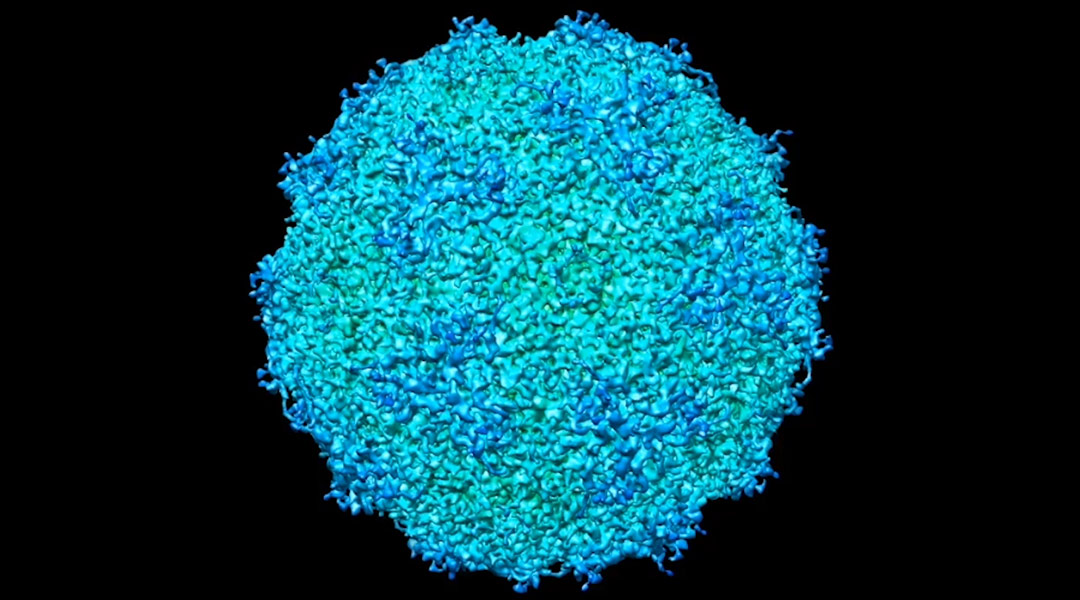

Liquid phase electron microscopy gives unprecedented insight into the behaviour and structure of adeno-associated virus in solution
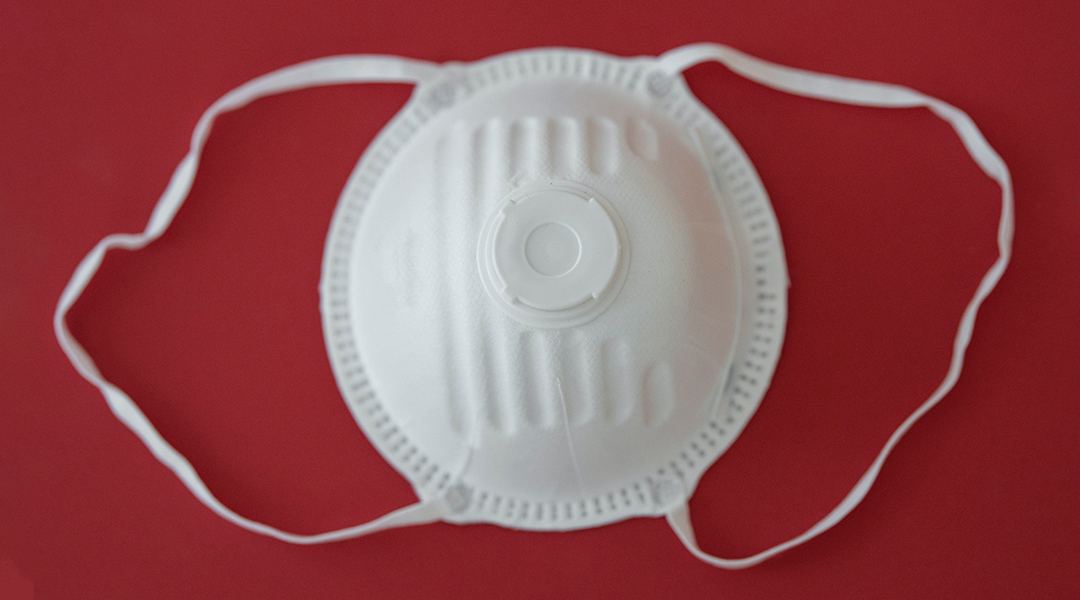
It’s well understood that any mask reduces the transmission of viral particles but some are more effective than others.
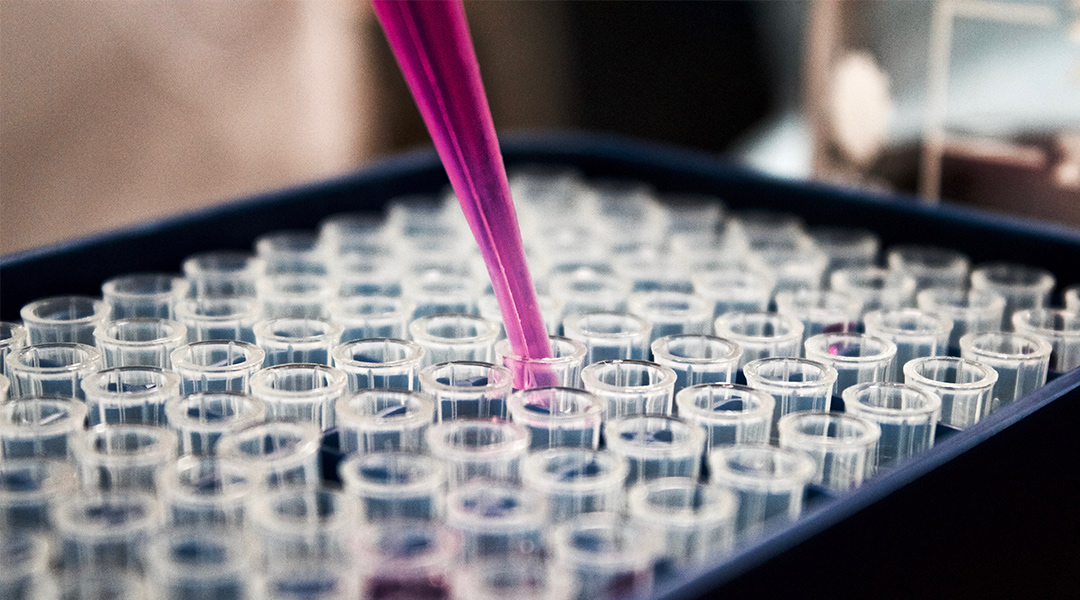
Scientists use 3D printing to combine fundamental biology research methods with high-throughput screening of cell culture surface topographies.
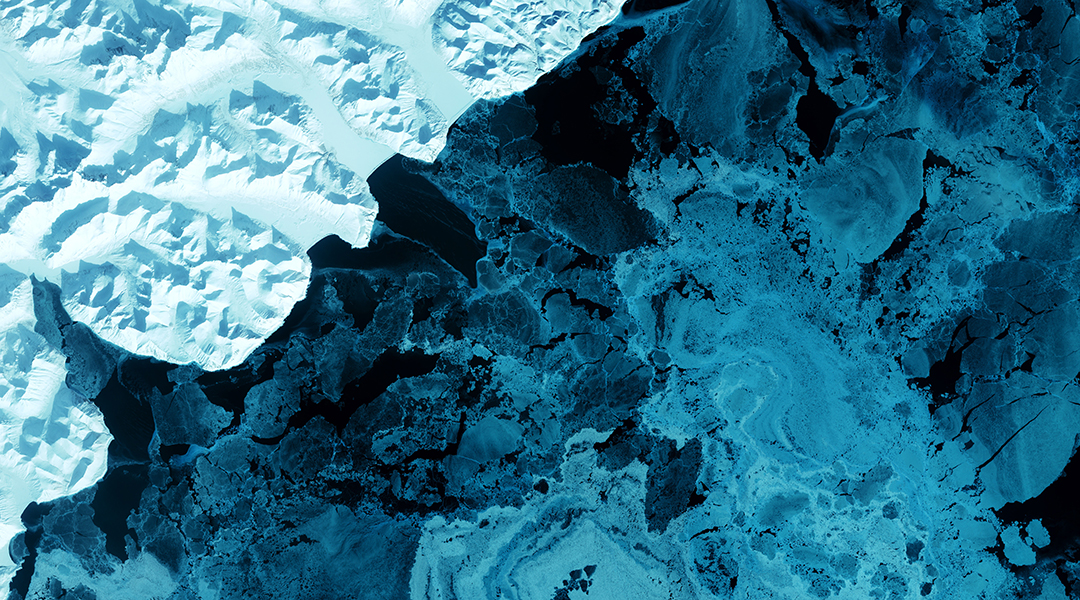
Seven emerging technologies that could help to mitigate the most devastating effects of climate change.

With increasing rates of urbanization and its detrimental effects on the environment, reducing the risk posed by “urban climate change” requires more research to prepare ourselves for an uncertain future.
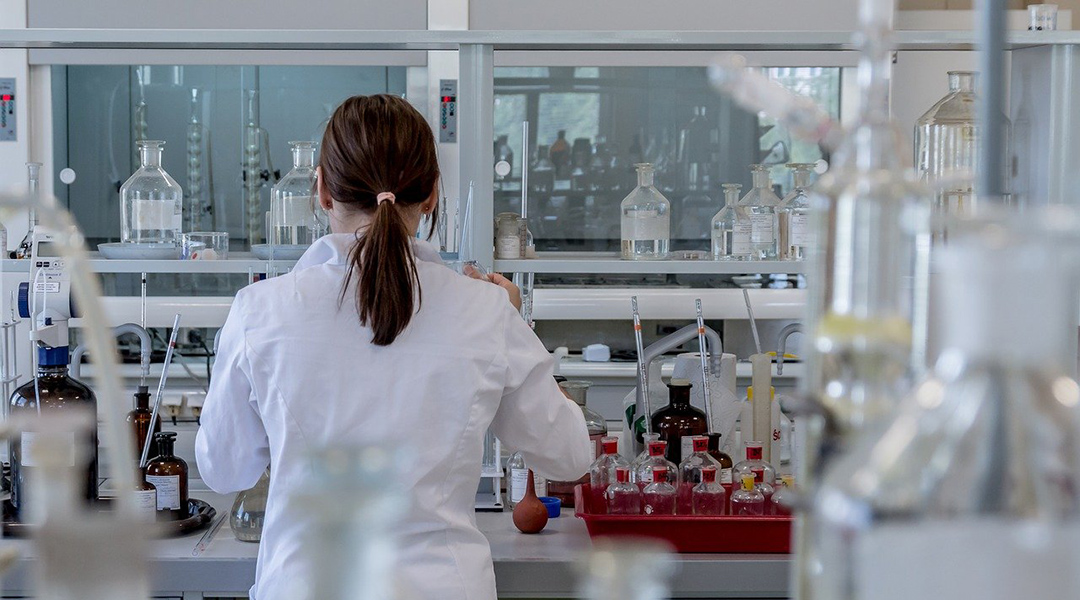
The demands of quality forensic science demonstrate the impact of regulatory activities and external factors on the work of forensic science providers.

A new report outlines in quantitative detail the range of options, trade-offs, and costs to guide future policies in achieving carbon neutrality by 2045.
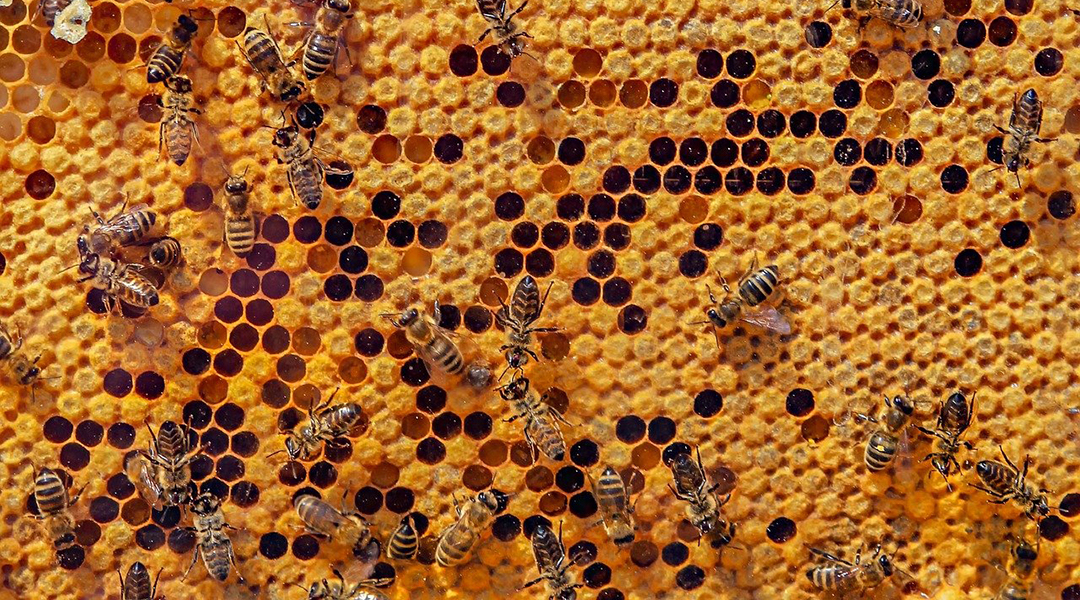
New evidence suggests a hidden “intelligence” of a life-sustaining pathway.
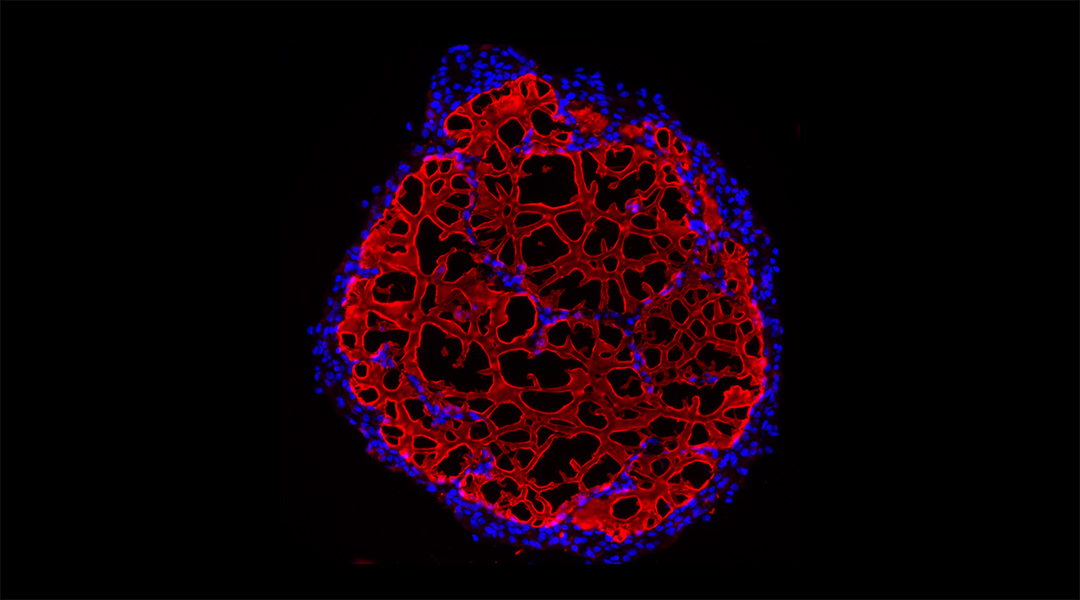
From patchwork liquid marbles, artificial nerve grafts, and giant perovskites, this gallery features a host of incredible images, bringing life to the research behind them.
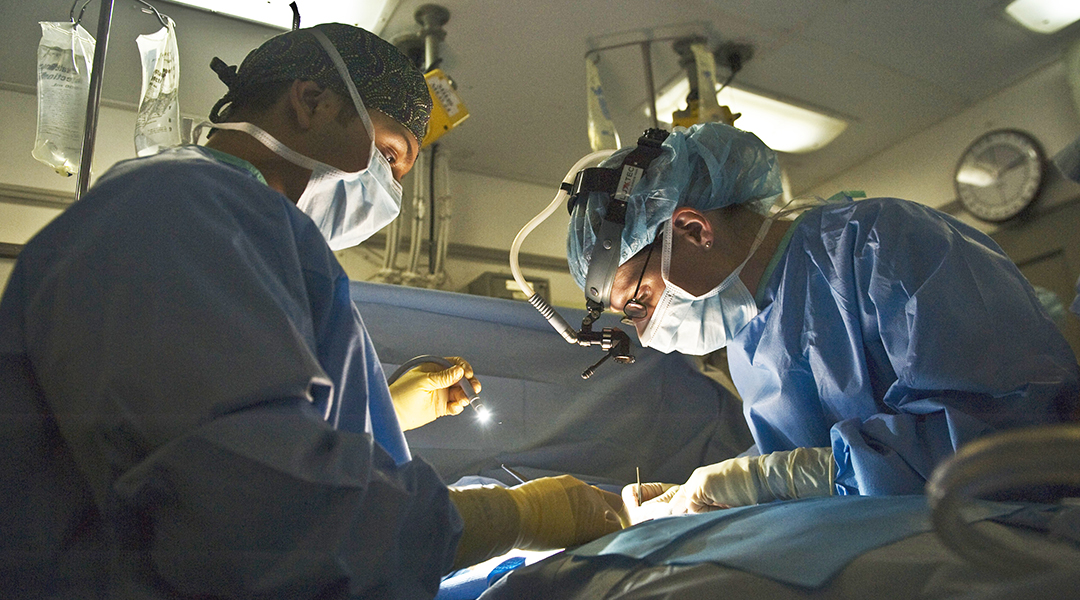
Sprayed on and held in place like Velcro, researchers develop a dynamic hydrogel barrier system to improve the outcome of invasive surgery and reduce the need for additional operations.